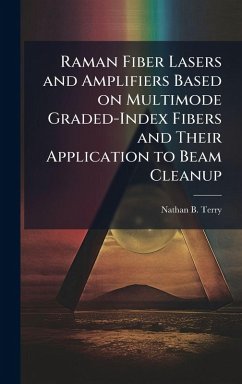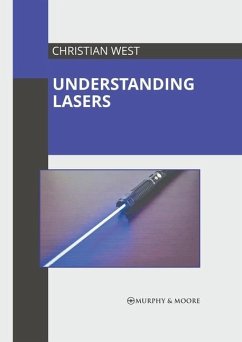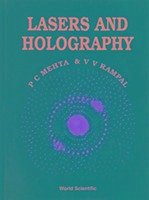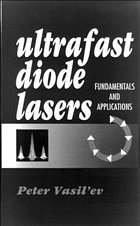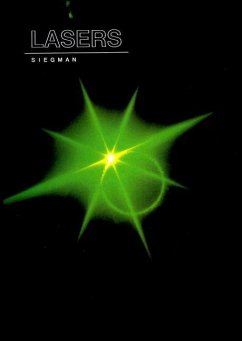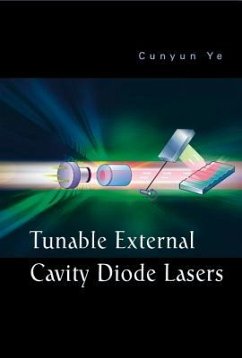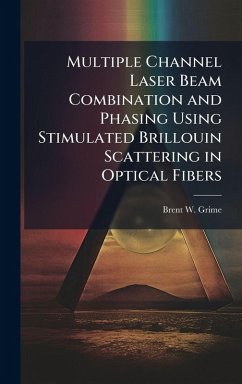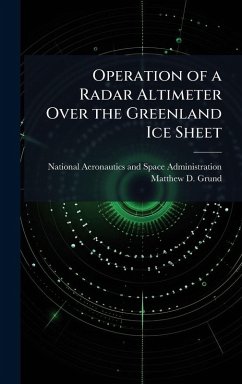
Using Lasers in Space
Versandkostenfrei!
Versandfertig in über 4 Wochen
25,99 €
inkl. MwSt.
Weitere Ausgaben:

PAYBACK Punkte
13 °P sammeln!
Orbital debris in tow-Earth orbit ranging in size from 1 to 10 centimeters (cm) in diameter, poses a significant problem for space vehicles.1 While this debris can he detected, it cannot he tracked with sufficient reliability to permit spacecraft to avoid these objects. Such debris can cause catastrophic damage even to a shielded spacecraft. Given the technological advances associated with adaptive optics, a ground-based pulsed laser could ablate or vaporize the surface of orbital debris, thereby producing enough cumulative thrust to cause debris to reenter the atmosphere. One laser facility c...
Orbital debris in tow-Earth orbit ranging in size from 1 to 10 centimeters (cm) in diameter, poses a significant problem for space vehicles.1 While this debris can he detected, it cannot he tracked with sufficient reliability to permit spacecraft to avoid these objects. Such debris can cause catastrophic damage even to a shielded spacecraft. Given the technological advances associated with adaptive optics, a ground-based pulsed laser could ablate or vaporize the surface of orbital debris, thereby producing enough cumulative thrust to cause debris to reenter the atmosphere. One laser facility could remove all of the one-ten centimeter debris in three years or less. This study proposes that the United States develop a technology demonstration of this laser space propulsion in order to implement a system for removing debris from earth orbit. The cost of this proposed demonstration is favorable in comparison with the typical costs [or spacecraft operations. This work has been selected by scholars as being culturally important, and is part of the knowledge base of civilization as we know it. This work was reproduced from the original artifact, and remains as true to the original work as possible. Therefore, you will see the original copyright references, library stamps (as most of these works have been housed in our most important libraries around the world), and other notations in the work. This work is in the public domain in the United States of America, and possibly other nations. Within the United States, you may freely copy and distribute this work, as no entity (individual or corporate) has a copyright on the body of the work. As a reproduction of a historical artifact, this work may contain missing or blurred pages, poor pictures, errant marks, etc. Scholars believe, and we concur, that this work is important enough to be preserved, reproduced, and made generally available to the public. We appreciate your support of the preservation process, and thank you for being an important part of keeping this knowledge alive and relevant.



